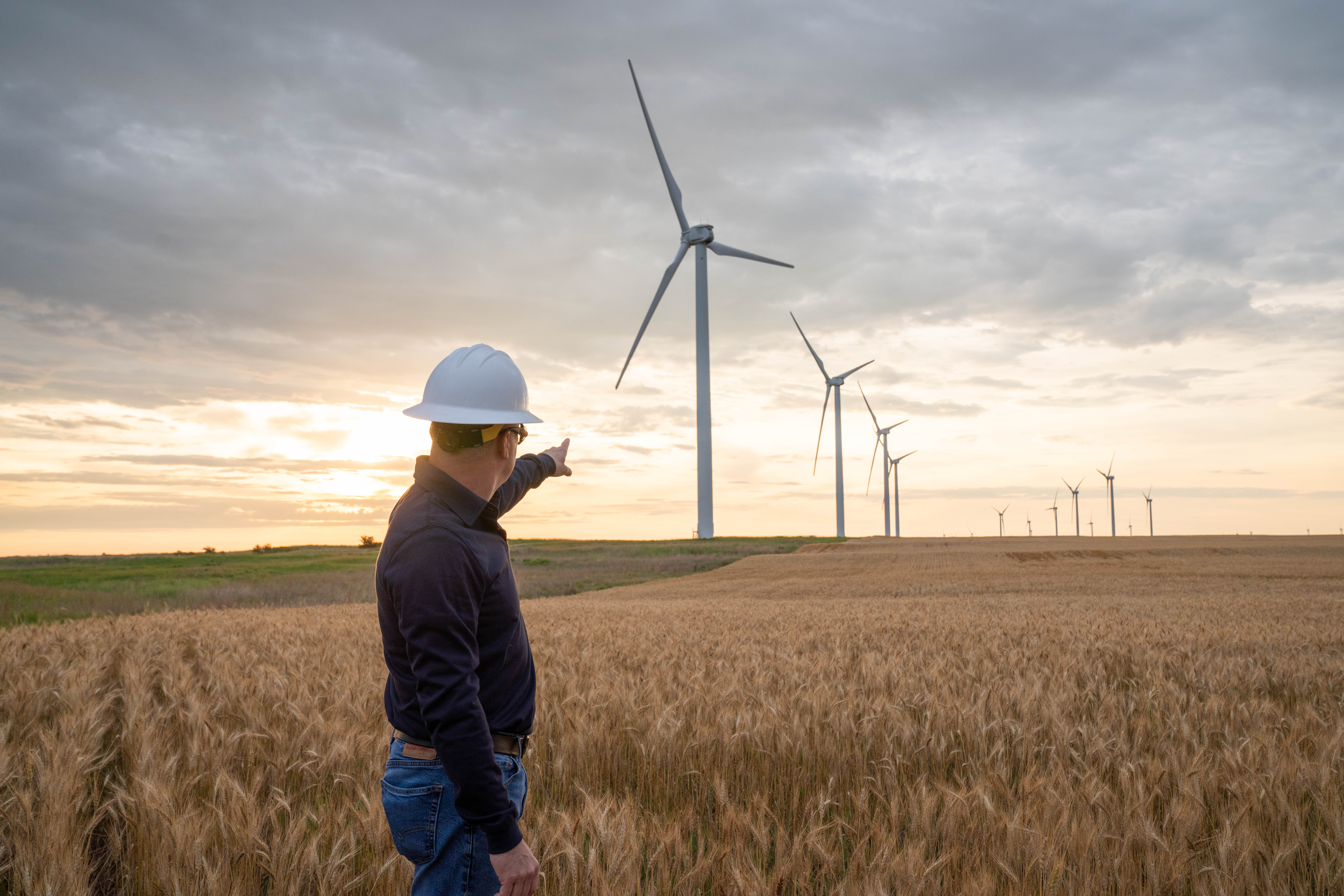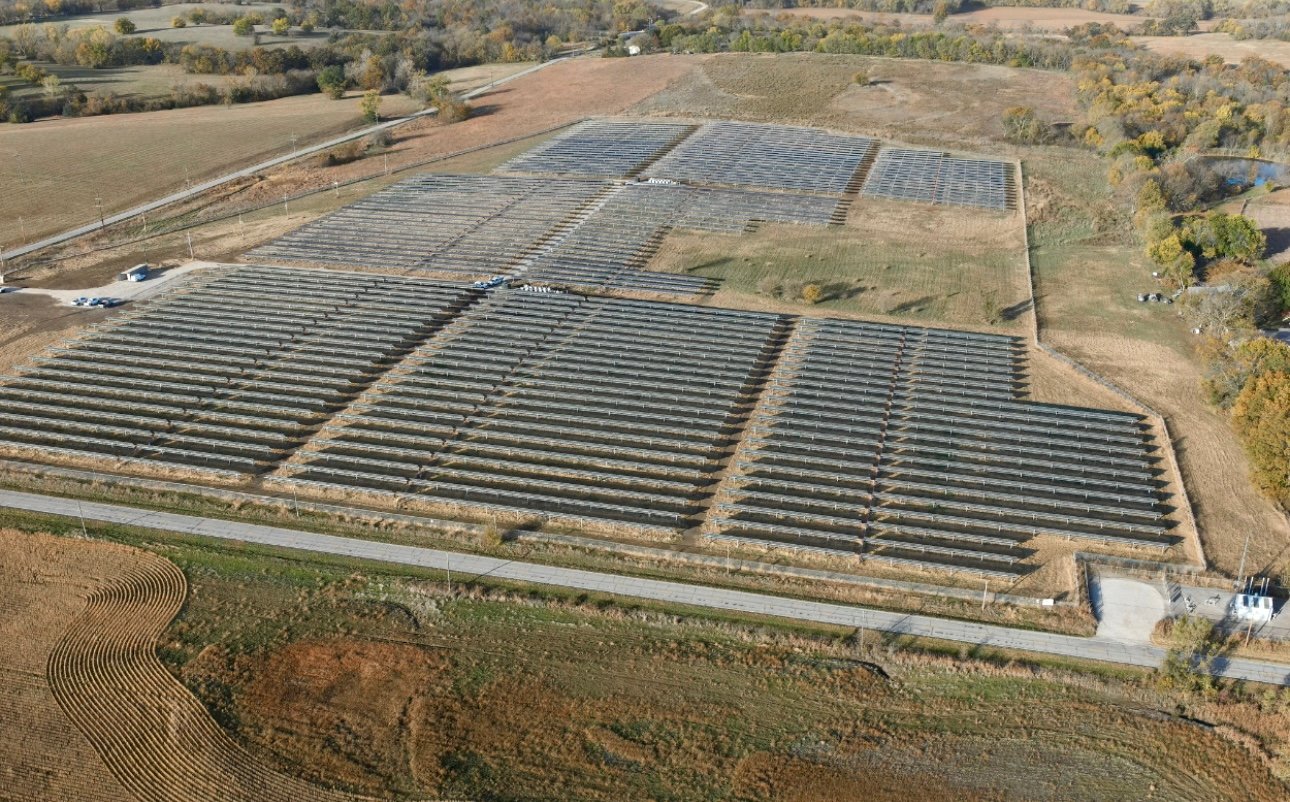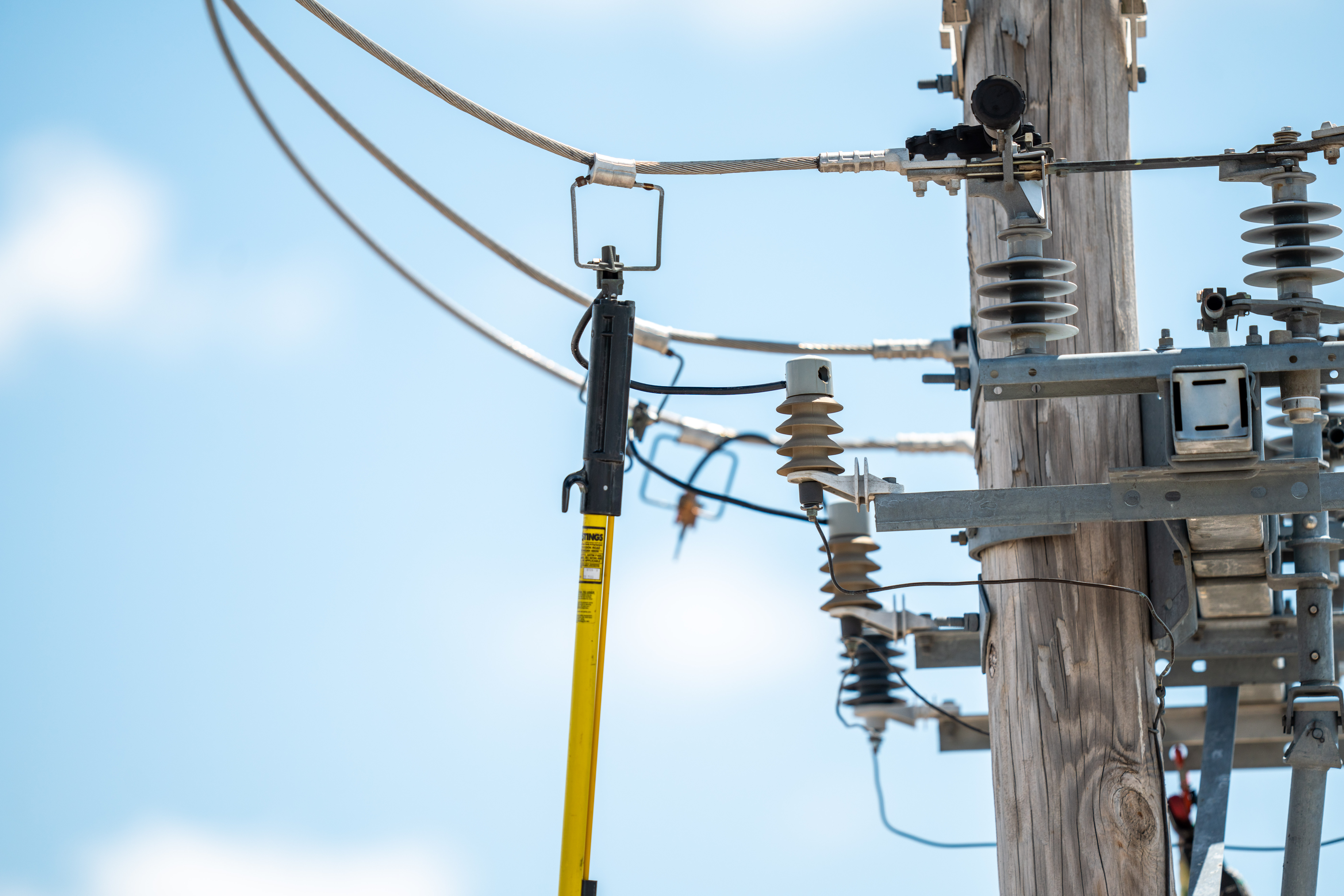Case Study: Osawatomie Solar Array
Evergy is committed to providing our customers with cost-effective, reliable renewable energy solutions to help build a more sustainable future....
2 min read
 Lindsay Freeman
:
Jun 6, 2022 10:00:00 AM
Lindsay Freeman
:
Jun 6, 2022 10:00:00 AM

The energy industry is undergoing a shift towards more electrification and renewable generation sources. This shift presents a need for new solutions as power providers adapt to meet higher energy demands. Utilities will have to adopt new and emerging technologies that connect power infrastructure and improve efficiencies in order to provide reliable, low-cost power to end users.
Achieving economy-wide net zero emissions by 2050, in accordance with the Paris Climate Agreement, will require the electrification of several industries, including transportation, power, residential and commercial buildings, and manufacturing.
Transportation and building electrification will drive an estimated 60% increase in electricity demand and a 40% increase in peak load by 2045. Power providers need to start preparing for how they’ll meet this higher demand for electricity while shifting to renewable energy sources.
Renewable energy sources currently account for over 20% of U.S. generation, according to a January 2022 Energy Information Administration report. Despite this achievement, the rate of renewable generation sources will have to increase significantly in order to achieve net zero emissions by 2050.
In the United States, the shift to renewable sources has focused largely on wind and solar farms, along with recent improvements in storage technology - making this storage option more practical and affordable for some generators and customers. Utilities can expect even more diversification of renewable generation sources in the future, including:
● Storage
● Nuclear
● Hydrogen
● Green ammonia
Utilities are shifting from a model in which we forecast demand and schedule supply to one in which we forecast supply and schedule demand. Power providers will need to embrace flexibility in order to capitalize on this shifting dynamic. A variety of emerging technologies will be essential to more efficient use of renewable resources and the grid itself.
Wind and solar generation is booming. However, large wind and solar sites are often located in less-populated agricultural areas, sometimes hundreds of miles from more densely populated cities and commercial customers. Connecting these consumers to renewable generation will require a combination of new high-voltage transmission line construction and improving the utilization of current transmission lines with Power Flow Controls, Dynamic Line Ratings, and Topology Optimization technologies.
In addition to improvements in transmission for large wind and solar sites, the technology for producing wind power is improving. Advancements include technological upgrades to the blades themselves (such as the material used and the design) for improved aerodynamics and durability, as well as reduced noise. Through research and computer modeling, the wind industry is also making advancements in the positioning of wind turbines to maximize efficiency. These advancements allow for more effective harvesting of wind power to increase production.
When utilized in conjunction with larger regional power grids, microgrids can provide backup energy when the main grid is down. They also support flexible and efficient usage of the grid by enabling the integration of renewables and reducing energy otherwise lost in transmission and distribution.
As technologies evolve, municipal and cooperative clients will need flexible energy management solutions that account for a greater reliance on renewables while continuing to prioritizing cost and reliability. Learn more about Evergy Energy Partners’ renewable energy solutions.

Evergy is committed to providing our customers with cost-effective, reliable renewable energy solutions to help build a more sustainable future....

People's Electric Cooperative (PEC), an electric cooperative serving rural areas in south-central Oklahoma, joined forces with Evergy Energy Partners...

The energy landscape of the United States is rapidly changing, driven by a focus on clean energy and the need for a more flexible and resilient grid....